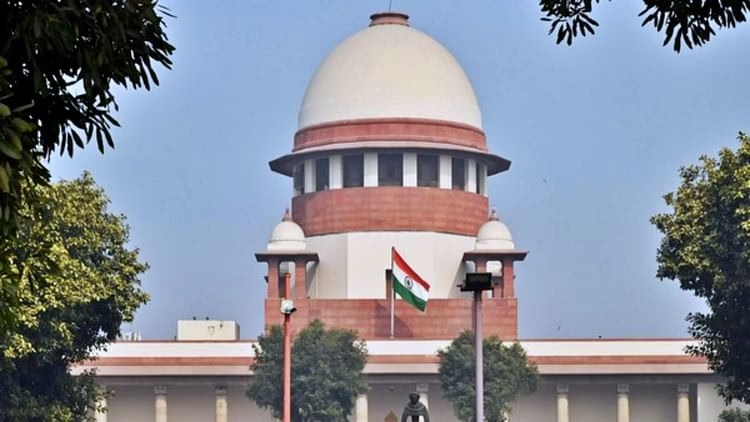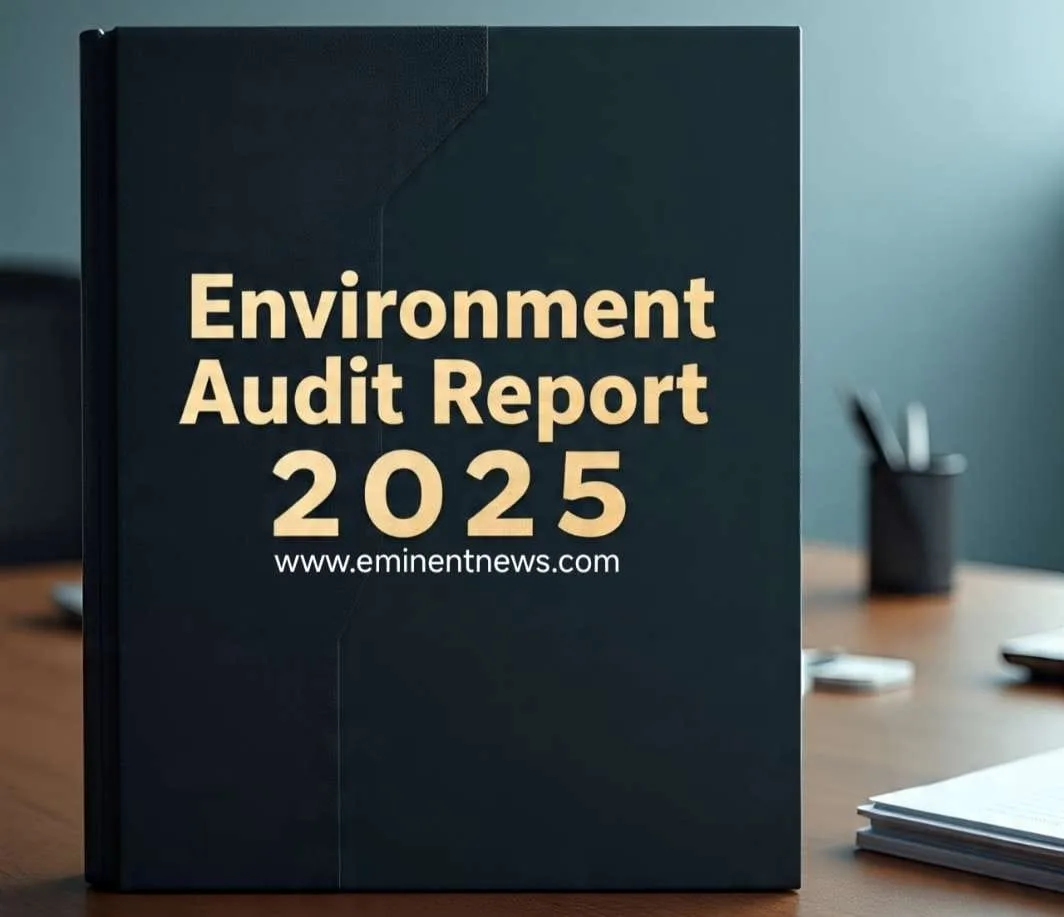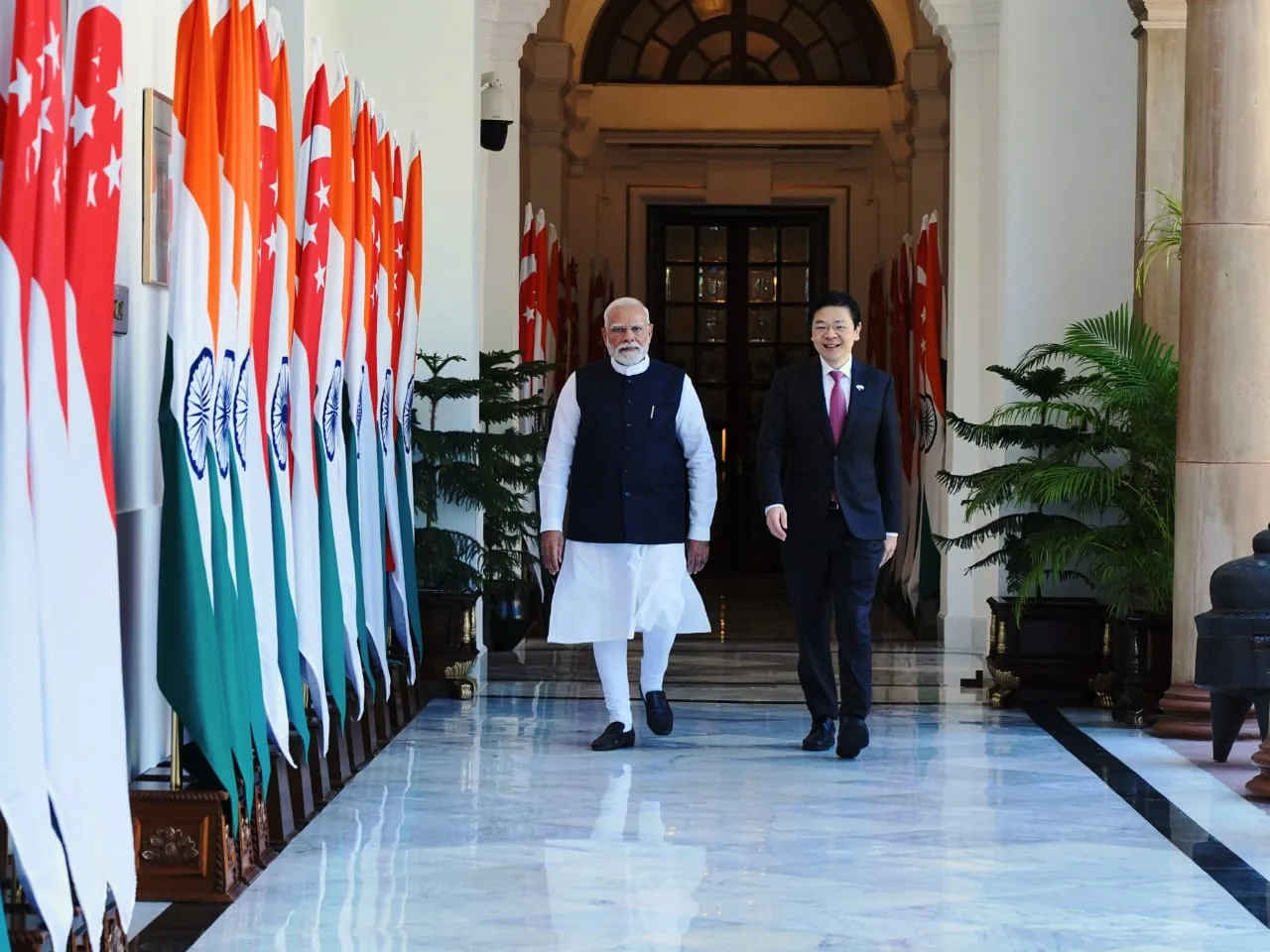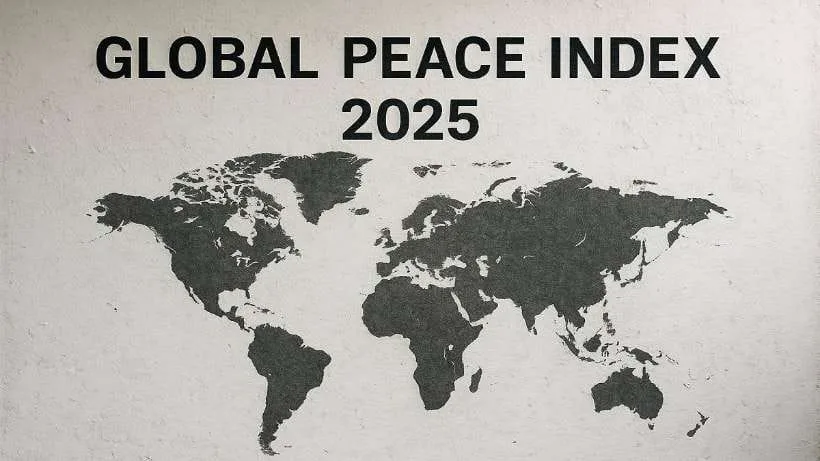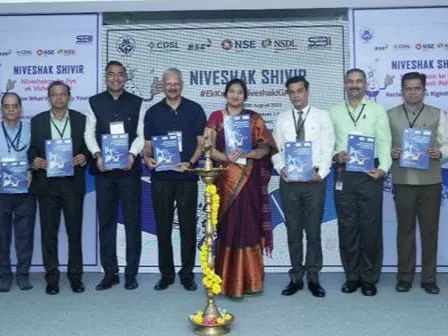The internet plays a significant role in spreading misinformation due to various factors, including the speed and ease with which information can be disseminated, the lack of traditional editorial controls, and the algorithms that can amplify false or misleading content .
Key Factors Contributing to the Spread of Misinformation Online:
- Speed and Scale: Social media and online platforms allow misinformation to spread rapidly and widely . False information can reach a large audience in a short amount of time, making it difficult to contain or correct .
- Lack of Editorial Oversight: Unlike traditional news outlets, many online platforms lack strict editorial standards and fact-checking processes . This allows false or misleading information to be published and shared without verification .
- Algorithms and Engagement: Social media algorithms often prioritize engagement, meaning that sensational or emotionally charged content, including misinformation, can be amplified and promoted to more users . This can create a “filter bubble” where users are primarily exposed to information that confirms their existing beliefs, making them less likely to encounter or accept accurate information .
- Economic and Political Motives: Fabricated stories can be a means for some writers to make money and potentially influence public opinion .
- Habitual Sharing: Social media platforms have reward-based learning systems that encourage users to develop habits of sharing information. Users who frequently post sensational or eye-catching information are likely to attract attention, which can lead to the unintentional spread of misinformation .
- Psychological Factors: People’s tendency to believe and share misinformation can be influenced by factors such as a lack of critical thinking skills, political beliefs, and emotional states like anger and anxiety .
Impact and Implications:
- Confusion and Division: The spread of misinformation can cause confusion about current issues and events, leading to political division and distrust in institutions .
- Erosion of Trust: False news erodes long-standing institutional safeguards against misinformation .
- Influence on Public Opinion: Misinformation can influence public opinion and even affect election outcomes .
Combating Misinformation:
- Fact-Checking: Independent fact-checking organizations and newsrooms play a crucial role in debunking false stories and providing accurate information .
- Media Literacy: Educating individuals on how to critically evaluate sources and identify misinformation is essential .
- Platform Responsibility: Social media platforms can take steps to limit the spread of misinformation by moderating content, adjusting algorithms, and incentivizing the sharing of accurate information .
- Causal Corrections: Replacing misinformation with alternate causal explanations can be more effective than simply denying it .
- For editorial pic click www.eminentnews.com



